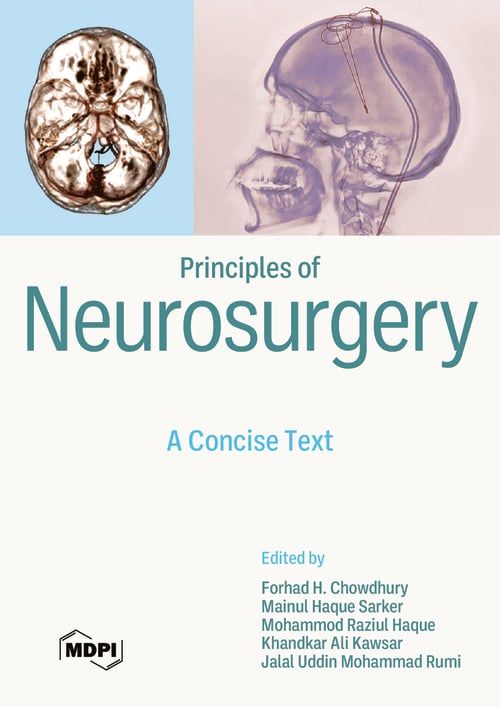Spinal Vascular Lesions
Spinal vascular lesions are relatively rare. For the the detection and treatment of such lesions, understanding their anatomical and pathophysiological basis is essential. Spinal ischaemic infarctions are probably extremely rare. Spinal dural AV fistulas are the commonest. These lesions may present acutely or chronically. MRI, MRA, CT scan, CTA of the spine, and spinal DSA are necessary investigation modalities for diagnosis and evaluation. Microsurgery is the mainstay of treatments; however, endovascular treatment options are sometimes very useful. In this chapter, spinal vascular malformations (including spinal AVM and AVF), spinal cord infarctions, spinal cord cavernomas and haemangiomas will be discussed briefly encompassing their management options.
